Since Tay Ninh officially became a government-level administrative unit in 1836, Tay Ninh has just turned 180 years old.
Tay Ninh horse carriage station photographed in 1900
Reclaiming the wasteland
According to historical documents recently published by the Propaganda Department of Tay Ninh Provincial Party Committee in the book Tay Ninh 180 years of formation and development (1836 - 2016) , Tay Ninh land was originally reclaimed by Vietnamese people 300 years ago.
Before the 16th century, Tay Ninh was still a wild area. By the 17th century, Vietnamese immigrants from Ngu Quang - Dang Trong region entered Dong Nai - Gia Dinh region to reclaim fields and gardens, establish villages and hamlets. These Vietnamese residents gathered in Xom Rang (now Cu Chi District, Ho Chi Minh City), then gradually spread out, stopping in the areas along the Vam Co River. They lived scattered in Lo Mo, Tra Von, Tha La, Truong Da (places belonging to the old Ham Ninh commune, now Trang Bang District) and gradually developed into larger hamlets such as: Vam Co hamlet, Rung hamlet, Gau hamlet, Ton hamlet, Giong Noi hamlet. Through the process of reclaiming land and developing production of these Vietnamese immigrants, in 1809, Binh Tinh village (now An Tinh commune, Trang Bang District) was established.
Another important Vietnamese force in the early days of the exploitation of Tay Ninh land was 720 border guards, 5 boat teams with 15 ships deployed by Lord Nguyen along the Vam Co River in the mid-18th century. Following this border guard force, residential areas gradually grew up along the Vam Co River, along the Khe Lang River (Tay Ninh Canal) and Tam Long Wharf (present-day Chau Thanh District)... Starting from the settlements along the rivers and canals, Vietnamese residents expanded to exploit the lowlands, creating a rich land with fertile fields and gardens. Accordingly, the number of Vietnamese residents coming to Tay Ninh increased day by day, forming hamlets. By the early 19th century, there were many waves of immigration and a series of large-scale exploitations in many areas of Tay Ninh land.
The land reclamation of Tay Ninh only really took place strongly from the end of the 18th century, the beginning of the 19th century. Especially when the Dong Nai - Gia Dinh region became stronger, Tay Ninh became an extremely important position. The Nguyen Dynasty implemented positive policies to reclaim and protect this land. Accordingly, in 1749 (Ky Ty), three Huynh brothers: Huynh Cong Gian, Huynh Cong Nghe and Huynh Cong Thang from Nhat Tao - Dang Ngoai region came to Tay Ninh land. The three men, together with their army, carried out the Southward movement, reclamation, settlement and security of the border land.
Establishment of Tay Ninh government
In February 1698, Lord Nguyen Phuc Chu sent Commander-in-Chief Le Thanh Marquis Nguyen Huu Canh to inspect the Dang Trong region, officially establishing the administrative unit of Vietnam in the new land. In 1832, King Minh Mang divided the whole of Nam Ky into six provinces, with a total of 18 prefectures, 43 districts, and the Tay Ninh area belonged to Phien An town. In the 17th year of Minh Mang (1836), King Minh Mang changed the name of Phien An province to Gia Dinh province and established a new prefecture named Tay Ninh.
Old Tay Ninh canal
Thus, in the 17th year of Minh Mang (1836), Tay Ninh prefecture was officially established, including two districts Tan Ninh and Quang Hoa under Gia Dinh province. The place name Tay Ninh as a prefecture-level administrative unit appeared for the first time on the administrative map of Vietnam.
In 1859, the French army attacked Gia Dinh and then occupied the three provinces of Southeast Cochinchina in 1862. On December 20, 1899, the French colonial government issued a decree changing Tay Ninh sub-region into Tay Ninh province.
After nearly two centuries of resistance wars, Tay Ninh now has 8 districts and 1 provincial city, including: Trang Bang, Go Dau, Ben Cau, Hoa Thanh, Chau Thanh, Duong Minh Chau, Tan Bien, Tan Chau and Tay Ninh city with 7 wards, 8 towns and 80 communes. The current economic structure of Tay Ninh is still agriculture, industry and trade services.
Provincial Information Portal


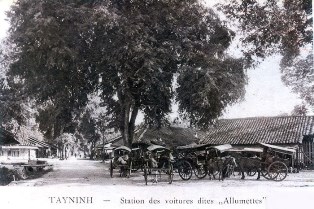
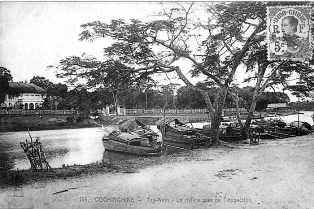











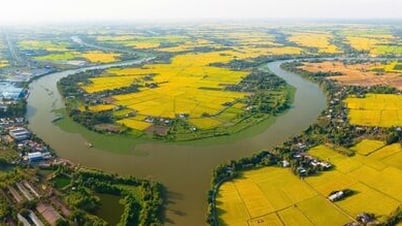















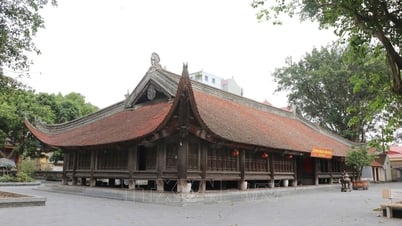

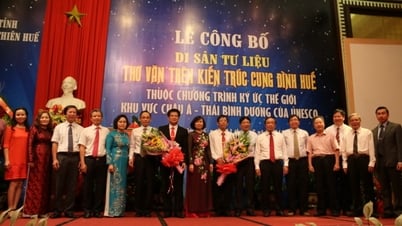

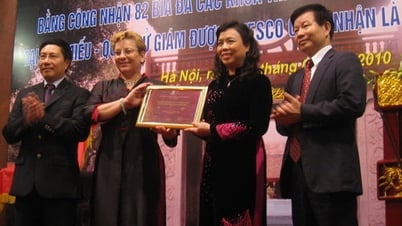



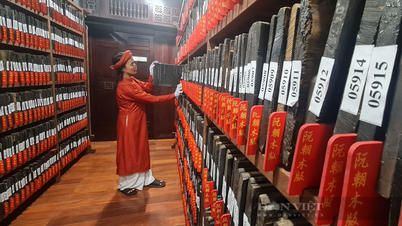











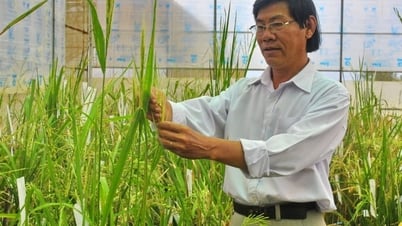
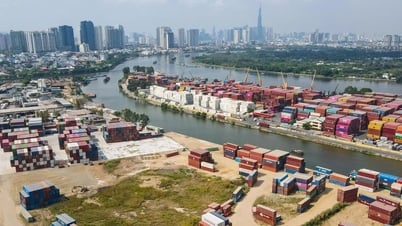

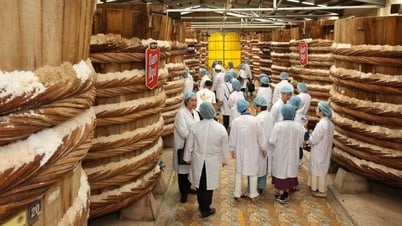












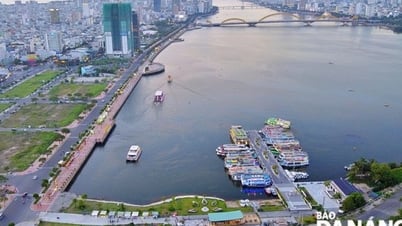








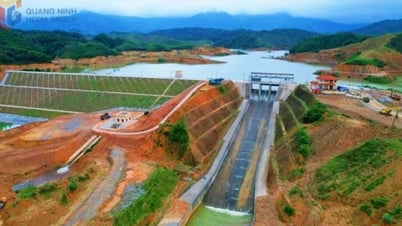


















Comment (0)